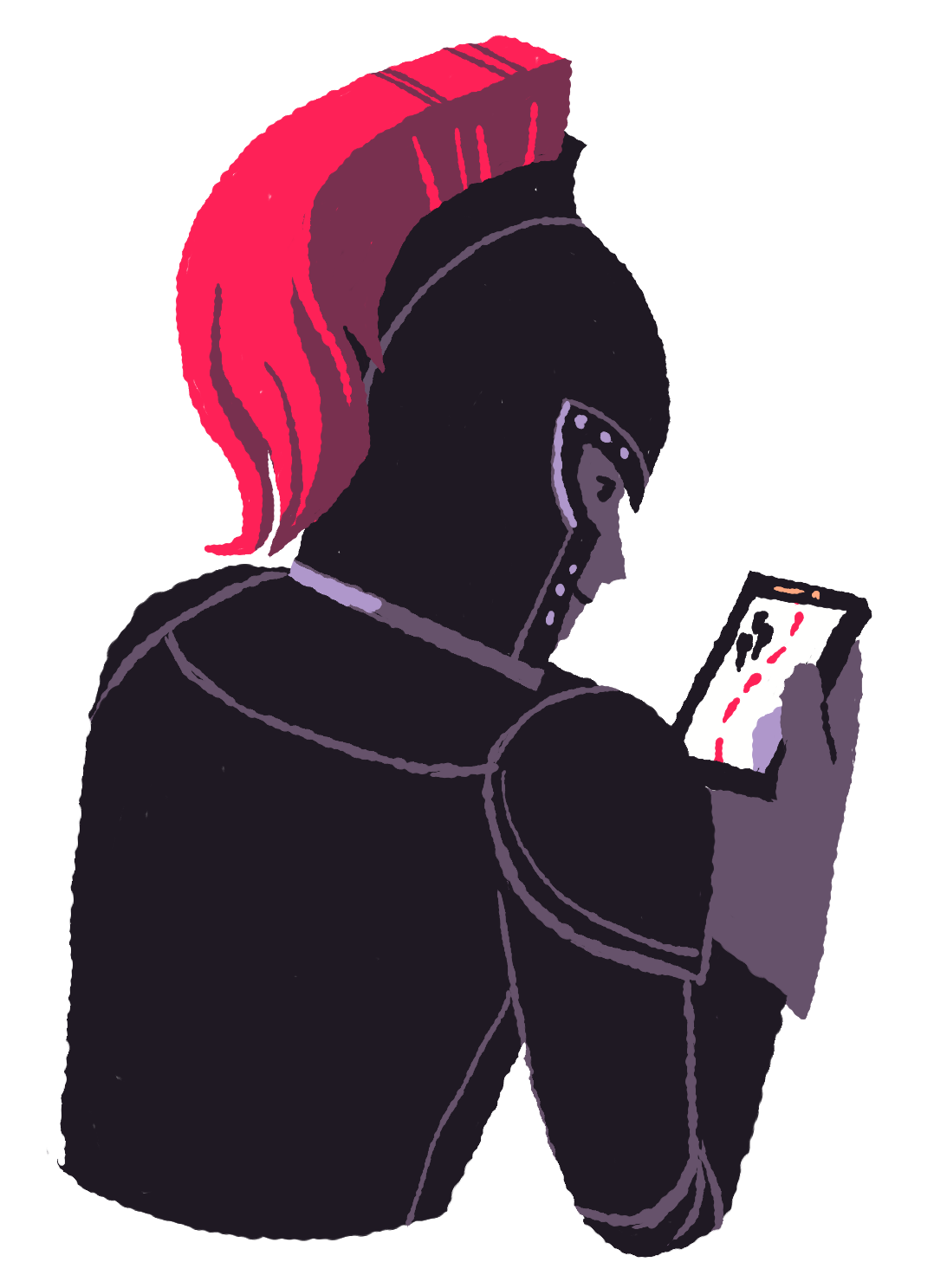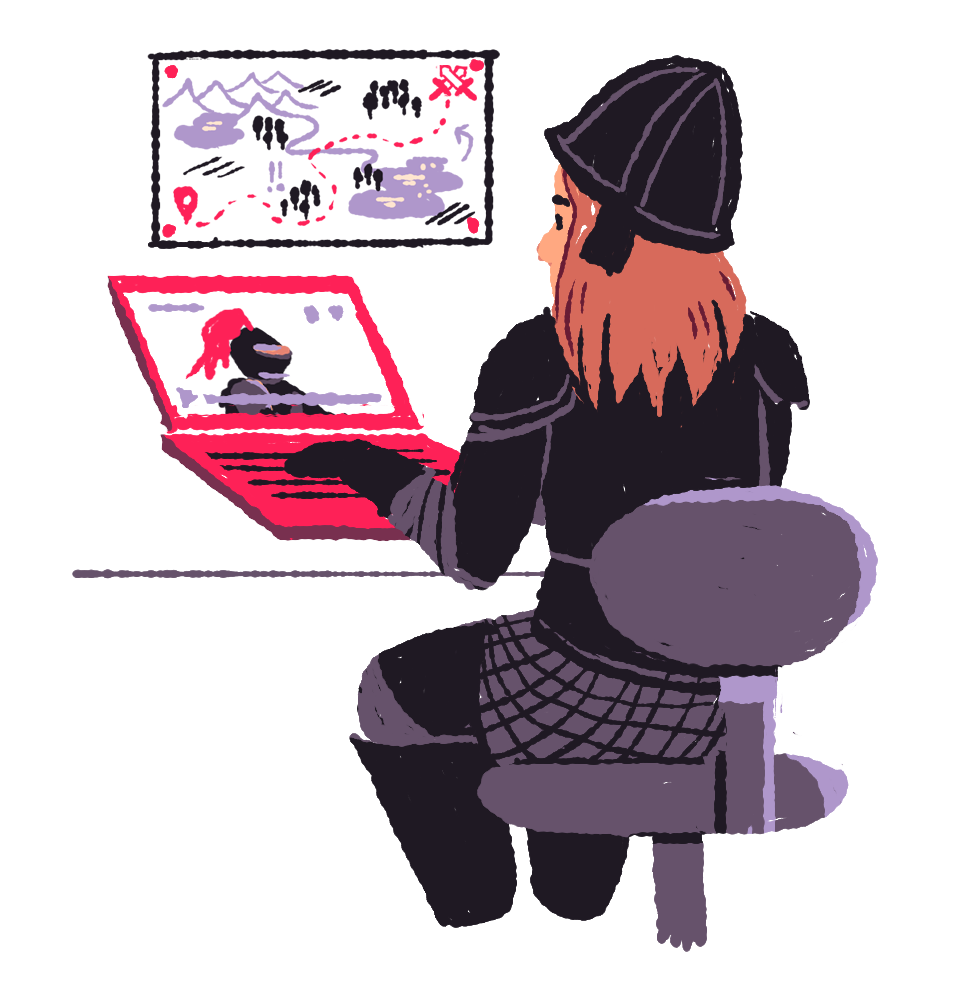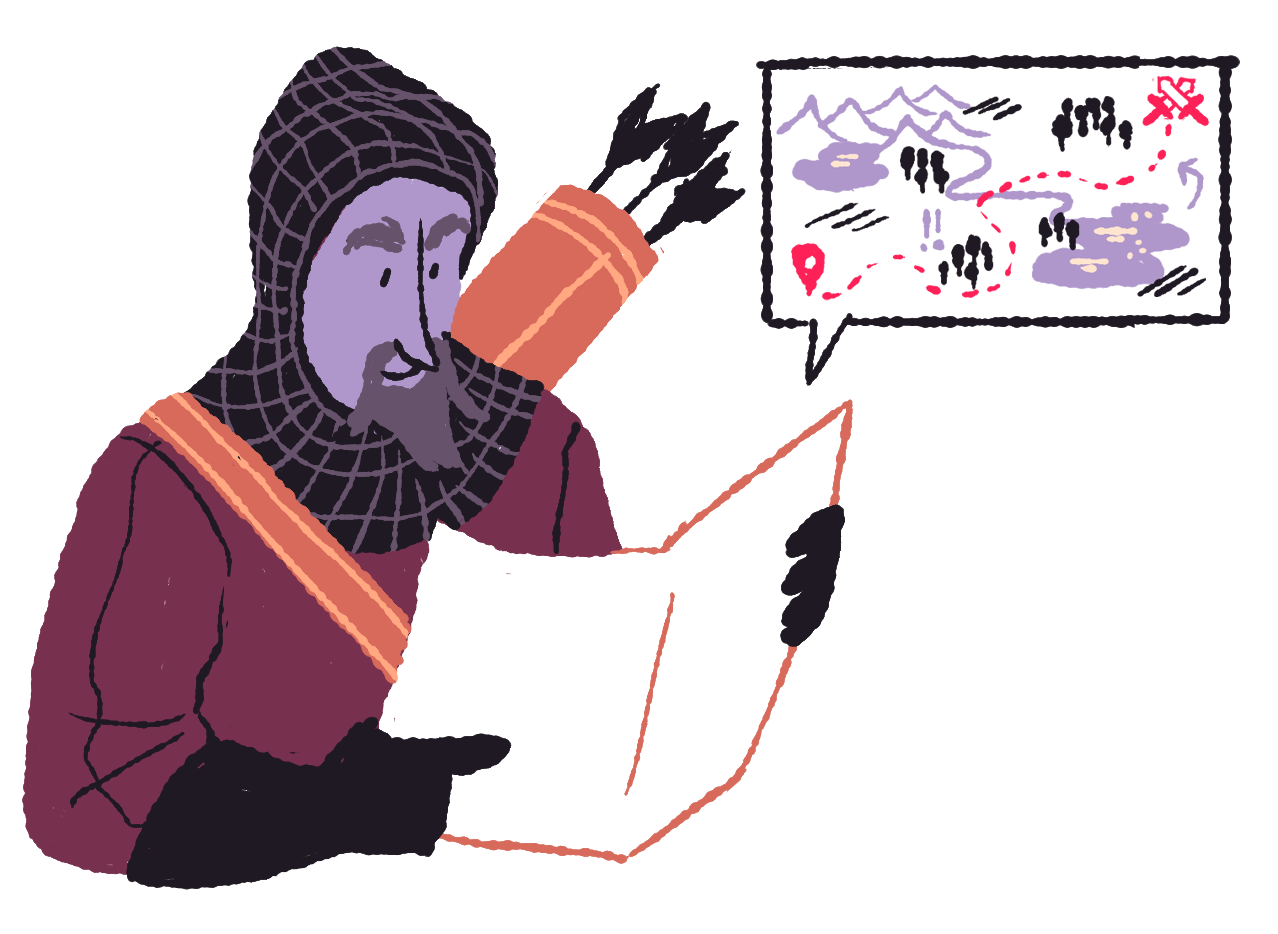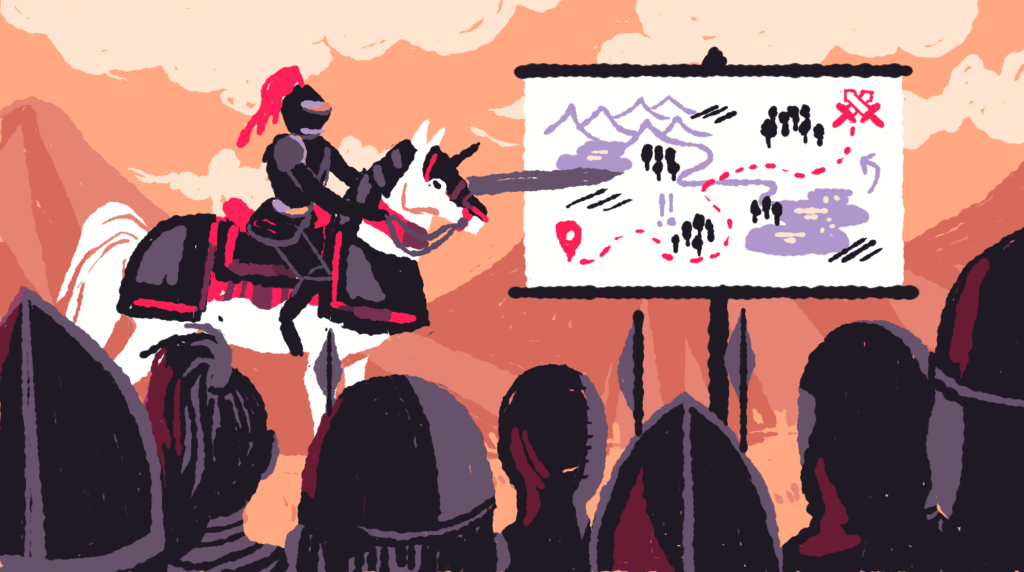How visual thinking supports transformation and change
By Scott Goldstein (alum)
There are many reasons organizations undergo transformation and change, ranging from crises and performance gaps to M&A, new technologies, evolving customer tastes, and even changing for the sake of change—often when a new CEO takes the reins.
Whatever the cause, even a quick scan of research from leading experts and academics presents a bleak picture of the results. According to Bain & Company, only 12% of companies that undergo transformations fully accomplish their goals. Other research suggests that 70% of change programs fail and that most organizations struggle mightily to break free from the status quo—even when industry disruption demands it. Transformation is often a losing battle.
Why change fails
In his seminal 1995 Harvard Business Review article “Leading Change: Why Transformation Efforts Fail”, Professor John P. Kotter identified lack of a vision and under-communication of the vision as two key causes of failure. In fact, the vision often is under-communicated by a factor of 10.
Now, more than 20 years later, research confirms that of all actions, “communication, specifically, contributes the most to a transformation’s success”, and that the foundation of good communication is developing a clear “change story” and sharing it openly and continually across the organization. The change story and communications should include updates on progress and successes as well as implications for employees in their daily work.

The message is clear: to drive effective change you need to tell a good story. It has to be clear, compelling, consistent, and—most importantly—accessible to all your audiences. While this may seem like common sense, the majority of companies trying to transform do it poorly. Executives invest an enormous amount of resources to formulate strategies, but then struggle to articulate them and employees struggle to understand and internalize them. As a result, the transformation stumbles towards mediocre results or stalls out entirely.
To better understand why organizations struggle with change stories, we need only look at their approach. Typically, a team comprised of select senior executives, a few of their direct reports, and external management consultants collaborate closely to formulate the new strategy. These teams necessarily have an abundance of analytical ability—they can dive into data to uncover key insights, model new opportunities for growth, identify risks and mitigation strategies, and explain it all with rigorous logic in just 140 slides! The result is a mountain of evidence pointing to change, but not a cohesive, compelling change story.
In fairness, most executives (and their consultants) understand that the typical strategy presentation will be inaccessible to a large percentage of employees. To address these concerns, they painstakingly produce an oversimplified summary that condenses the strategy into just a dozen slides filled with summary text, concise bullet points, a few graphs, and, of course, chevrons. To humanize the presentation, an artful, on-brand photograph or illustration is placed on the cover slide.
But all that work and brilliant strategic thinking is basically lost because there’s no change story. There is very little for people to relate to or connect with or align around besides a bunch of numbers and a promise that “things will be better this way”.
Visual thinking powers transformation
 At Tremendousness, we inject visual thinking, information design, and storytelling into transformation and change initiatives to help executives better explore and express their Visual Story of Change. In most cases, we provide visual facilitation during working sessions that we design to help our clients articulate their case for change, future state vision, and guiding principles. In essence, this means organizing a set of exercises that include live sketching and visualizing participants’ thoughts and ideas to help teams to co-create and align around their change story.
At Tremendousness, we inject visual thinking, information design, and storytelling into transformation and change initiatives to help executives better explore and express their Visual Story of Change. In most cases, we provide visual facilitation during working sessions that we design to help our clients articulate their case for change, future state vision, and guiding principles. In essence, this means organizing a set of exercises that include live sketching and visualizing participants’ thoughts and ideas to help teams to co-create and align around their change story.
There are many benefits to bringing visual thinking into the mix. It adds a new, positive energy to the work at hand and engages parts of the brain that most executives don’t usually bring to strategy work. Words alone are very abstract and leave a lot to individual interpretation, while live sketching makes things visible and tangible, which helps drive greater alignment amongst team members.
At the same time, sketching also sparks more innovative thinking. As cognitive researcher Andrea Kantrowitz points out in The Man behind the Curtain: What Cognitive Science Reveals about Drawing, “its indeterminacies and gaps reflect the way we actually think through problems and provide openings for the new and unforeseen.” Many of the methods we use can be found in books like Gamestorming or d.school’s Design Thinking Bootleg and include collaborative activities such empathy mapping, storyboarding, and journey mapping.
Driving behavior change
Once we’ve surfaced all major pieces of the change story, we work on refining the narrative structure and leveraging visual frameworks to help cut through the complexity and lighten the cognitive load. Visual frameworks are mental models that we’re all familiar with from a very early age and they help organize information and data together in an accessible manner. There are three, in particular, that we’ve found to work exceptionally well for change stories: Systems, Comparisons, and Processes:
- Systems provide a bird’s eye view of things and are great for answering “What…?” questions. What is our strategy and its components? What will our organization look like in the future? What must change about our ways of working?
- Comparisons are all about “Why…?” Common comparisons we use are pain verses gain or current state verses future state. Key questions include Why must we change? Why will our future be different and better? Why does this matter to me?
- Processes are good for answering “How…?” questions. How will get there? How will things work? How will my day-to-day work change?

Now we can layer the narrative and visuals into these frameworks, resulting in a change story that can be communicated with clarity and impact. These Visual Stories of Change not only are more emotionally engaging than slogans and charts, they’re also more accessible, memorable, sharable, and actionable.
Finally, to drive behavior change and a new mindset in order to activate full transformation, we design a suite of strategic communications (which, of course, we can’t share here) so a consistent change story can be told in a variety of venues, through multiple mediums, and at appropriate altitudes for all audiences—including employees, strategic partners, customers, and other stakeholders.
So why does this work? Because Visual Stories of Change bridge the gap between facts and meaning, between information and understanding. While leaders may excel at ingesting information, intuiting insights, and formulating strategies, the organizations they lead require meaning and understanding if they’re to act on that change, make decisions, and fulfill the vision.
Illustrations by Maddy Mueller / Tremendousness.
